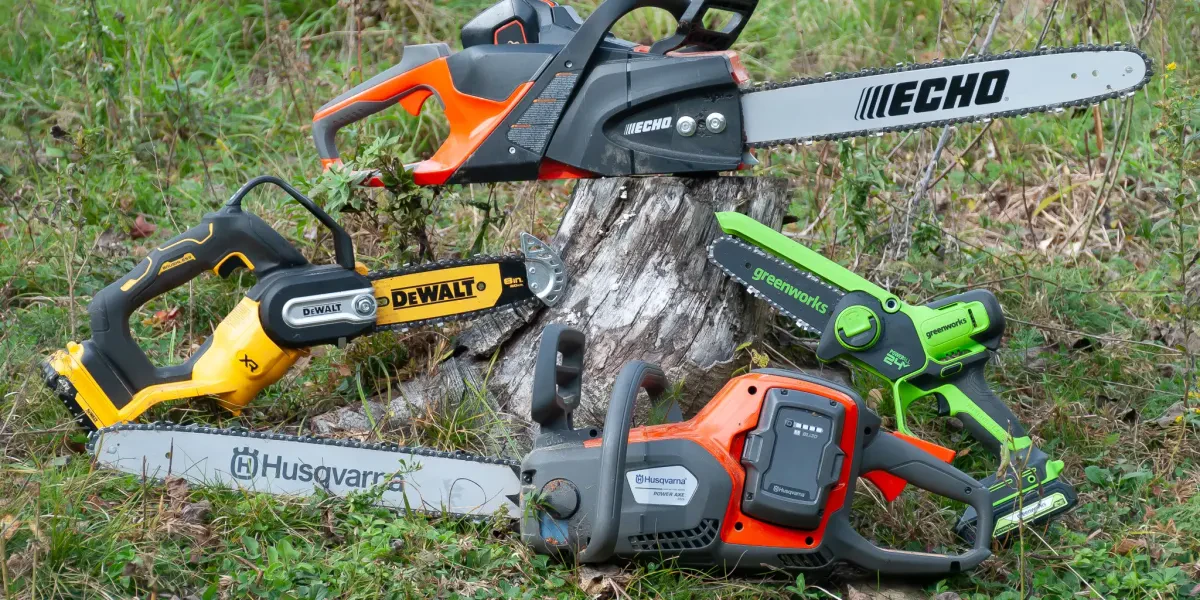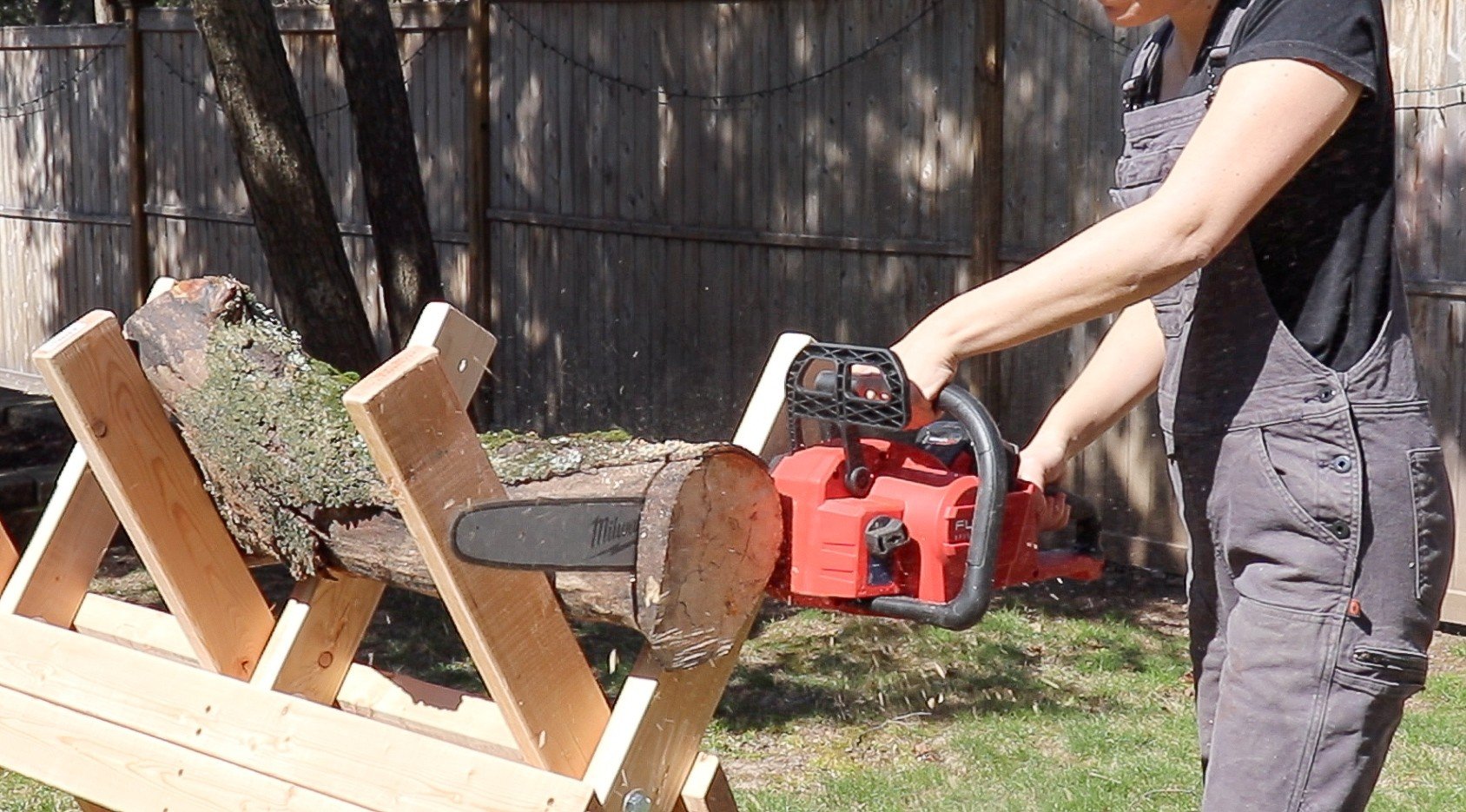When it comes to selecting the best chainsaw for your needs, understanding your specific requirements is crucial. Every user has different tasks in mind, whether it's for clearing brush, cutting firewood, or tackling larger projects. Start by evaluating the type of work you plan to do, as this will guide you toward the right chainsaw features.
For occasional users who need a chainsaw for small jobs, a lightweight electric model might be the best chainsaw choice. These chainsaws are easy to handle and perfect for light cutting tasks. On the other hand, if you have larger trees to fell or more extensive cutting to accomplish, a gas-powered chainsaw could be your best chainsaw option. They offer more power and cutting capacity, making them ideal for heavier duty work.
Another key consideration is the bar length of the chainsaw. Shorter bars are easier to control and are great for small jobs, while longer bars can handle larger logs and more extensive cutting tasks. Make sure to choose a chainsaw that matches your skill level; beginners often find shorter, lighter saws more manageable. Determining the right size and power will not only make your tasks easier but also safer.
Finally, don't forget about safety features when searching for the best chainsaw. Look for models that come with safety guards, chain brakes, and options to reduce kickback. A chainsaw is a powerful tool, and having the right safety measures in place ensures that you can work confidently and efficiently. With the right understanding of your chainsaw requirements, you'll be well on your way to selecting the best chainsaw for your needs.
Key Features to Look For
When searching for the best chainsaw, it’s essential to consider several key features that will enhance your cutting experience. First and foremost, the power source is crucial. Chainsaws come in three main types: gas, electric, and battery-operated. Gas chainsaws are typically more powerful and better suited for heavy-duty tasks, while electric models are lighter and quieter, making them ideal for smaller jobs. Battery-operated chainsaws offer the advantage of portability without the hassle of cords, though they may be less powerful than their gas counterparts.
Next, pay attention to the bar length. The bar length of a chainsaw determines how big of a tree or branch you can cut. For lighter tasks, a bar length of 10 to 14 inches is usually sufficient, while larger jobs may require a bar length of 16 to 20 inches or more. Choosing the right size ensures you can tackle your specific cutting projects with ease.
Another important feature to consider is safety mechanisms. The best chainsaw should come equipped with features like chain brakes, which help stop the chain quickly in case of kickback, and low-kickback chains that reduce the risk of accidents. Additionally, look for ergonomic designs that offer comfortable grips and reduce vibrations, making it easier to handle the saw for extended periods without fatigue.
Finally, consider the maintenance requirements of the chainsaw. Some models feature automatic oiling systems that make maintenance a breeze, while others may require more manual attention. When selecting the best chainsaw, weigh the pros and cons of each feature, ensuring that you choose one that fits your skills, needs, and the demands of your projects.
Top Chainsaw Brands Overview
When it comes to finding the best chainsaw for your needs, it's essential to know which brands stand out in the market. Many manufacturers have built a solid reputation for producing reliable and high-quality chainsaws that cater to a variety of users, from homeowners to professional loggers. Here’s an overview of some of the top chainsaw brands you should consider when shopping for the best chainsaw.
Stihl is often regarded as a leader in the chainsaw industry. Known for their exceptional engineering and durability, Stihl chainsaws are ideal for both professional and personal use. Their product line includes lightweight options for casual users and powerful models for serious logging tasks. With their innovative designs and easy-to-use features, many users swear by Stihl as the best chainsaw brand available.
Another highly respected name is Husqvarna. This Swedish company has been manufacturing outdoor power equipment for centuries and offers a wide range of chainsaws suited for various applications. Husqvarna chainsaws are particularly known for their ergonomic design, making them comfortable for extended use. Whether you need a compact saw for trimming or a robust model for heavy-duty cutting, Husqvarna has something for everyone.
If you're looking for a budget-friendly option without compromising on quality, Echo might be the perfect choice. Echo chainsaws are well-reviewed for their performance and reliability, making them a great contender for the best chainsaw in the more affordable range. Offering a balance of power and versatility, Echo chainsaws are suitable for both novice and seasoned users alike.
Lastly, Makita has gained popularity for its electric and battery-powered chainsaws. With a focus on environmentally friendly solutions, Makita offers a quiet and efficient way to tackle yard work and small-scale logging. Their battery-operated models are especially appealing to those looking for a cordless experience, proving that you don’t need a gas engine to find the best chainsaw.
Maintenance Tips for Longevity
To ensure your chainsaw remains in top condition, regular maintenance is key. Whether you’ve chosen the best chainsaw for your needs or you're still looking, taking care of your equipment will prolong its life and improve performance. Start with routine cleaning after each use. Remove sawdust and debris from the air filter, guide bar, and chain. This not only keeps your chainsaw looking good but also prevents clogging that can cause performance issues.
Next, check and sharpen the chain frequently. A dull chain can strain the motor, leading to unnecessary wear and reduced cutting efficiency. If you notice the chain is not cutting smoothly, take the time to sharpen it. Many of the best chainsaw manufacturers offer specific guides on how to properly sharpen the chain, making it easier for you to maintain your tool and get the best performance.
Oil levels are also crucial for maintaining your chainsaw. Ensure that the chain is well-lubricated before use to prevent overheating and excessive wear. Inspect the oil reservoir regularly and top it up with the right type of bar and chain oil. This simple maintenance step can greatly enhance the lifespan of your chainsaw and keep it operating efficiently.
Finally, store your chainsaw properly. Keep it in a dry place, away from direct sunlight, to avoid rust and damage to the components. For added safety, remove the chain before storing the tool. Following these maintenance tips will help you enjoy your best chainsaw for years to come, ensuring it remains a reliable partner for your cutting tasks.

